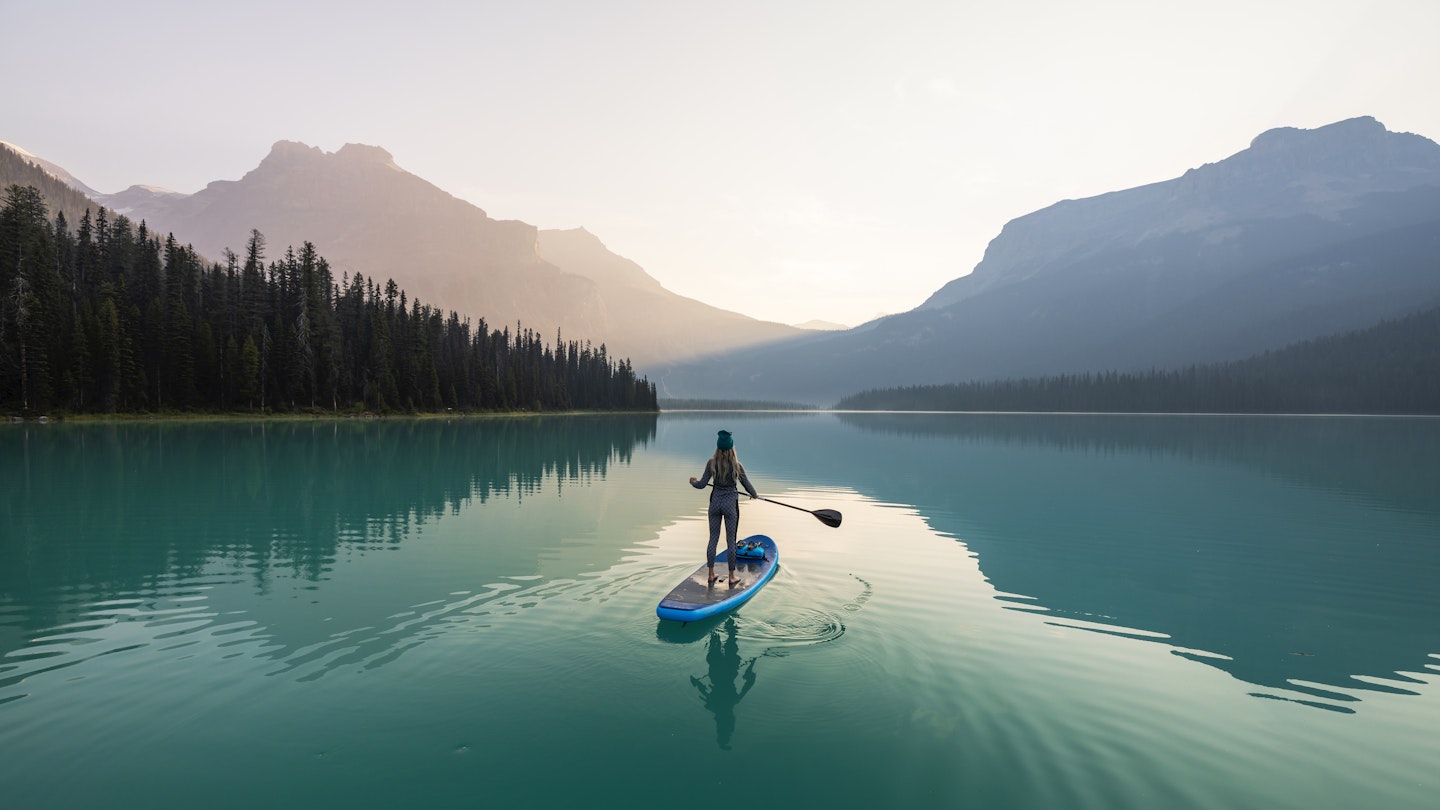When to Visit Canada: A Seasonal Guide by GoTravelDaily
Stretching across six time zones and covering a land mass six times the size of Mexico, Canada defies easy categorization.
The weather is largely dependent on the time of year, location, altitude, and a little bit of luck. For instance, while Iqaluit may be experiencing chilly Arctic breezes, Vancouver residents could be enjoying a heat wave. Moreover, when Halifax is doused in warm rain, Whitehorse—over 4000 miles (6400 km) away—might be calling for snowplows. Therefore, pack for all eventualities, even during the summer, and hope for the best.
Canada offers two primary seasons for outdoor activities. Summer, from June to August, is the time to engage in hiking, biking, surfing, and kayaking. In contrast, winter transforms Canada into a snowy paradise ideal for skiing and other snow sports, particularly in British Columbia and Québec, where the majority of ski resorts are located.
Additionally, the spring and fall shoulder seasons—April to May and October to November—offer a splendid opportunity to explore Canadian cities when prices are more reasonable.
Visit Canada Between June and August for the Best Experience
Long days, warm weather, extended opening times, and a plethora of summer festivities make June, July, and August the most favorable months to visit Canada. Enjoying the maximum options in terms of activities and attractions will make your visit worthwhile. In the Northwest Territories, for instance, you can witness the midnight sun, while in British Columbia, you can traverse the high alpine slopes and paddle in the calm, ice-free lakes of Ontario.
Late June and early July is an excellent time to venture into the far north, where it rarely gets dark and temperatures are pleasantly mild, even in the Arctic. By late June, seasonal snow generally melts away, although it might linger at higher altitudes until mid-July.
A Peak Season Filled with Activities
Peak season in Canada’s national parks typically runs from Victoria Day (the penultimate Monday in May) to Labor Day (the first Monday in September). During this period, most of the country’s arts and cultural festivals occur in cities like Montréal, Edmonton, and Toronto.
However, summer also brings elevated prices and larger crowds. Consequently, it is advisable to plan your accommodations well in advance, develop a tolerance for lines, and budget accordingly. It’s worth noting that while forest fires can occur anytime between May and October, August is particularly hazardous. Additionally, mosquitoes can be a nuisance; hence, packing repellent is wise.
Lower-altitude Hikes Are Ideal for April and May
In early spring, the weather can be favorable, but higher altitudes may still have stubborn patches of snow until late May or early June. Opt for lower-altitude hikes during this time, as mountain lakes typically de-ice by late May—perfect for kayaking and boating activities. While rain and cool temperatures can persist into spring, forest fire risks and heavy smoke are usually lower.
The Ideal Shoulder Season: September to Early October
Early September presents a fantastic opportunity for hiking, particularly in mountain parks. The south and coastal areas of Canada typically experience mild weather into early fall, with snow being rare before October. After Labor Day, visitor numbers and prices generally drop, allowing for serene encounters with nature—particularly the stunning golden larch trees in Banff, best appreciated in early October.
Winter Delights from December to March
The best time for skiing and viewing the northern lights in Canada is from December to March. While popular ski resorts like Whistler often open by the last week of November, the most favorable conditions and snowpack tend to be found after Christmas. The ski season’s length can vary significantly based on location and altitude.
If you can withstand the cold, the northern lights are best viewed during the long winter nights. However, for those who prefer milder weather, visiting in September is recommended.
Late March to Early May and October to November: Budget-Friendly Visits with Surprises
Late March to early May and mid-October to late November are considered transition periods, during which outdoor activities can be limited. Many parks and resorts may temporarily close certain facilities as they shift between winter and summer infrastructures. Nevertheless, if you can navigate these limitations, room rates can be as much as 30% cheaper during these times.
Shoulder seasons often present a perfect opportunity for city breaks, as indoor activities abound if the weather turns unfavorable. Notably, several spring and fall festivals are worthwhile, such as the Dark Sky Festival in Jasper and the renowned Shakespeare Festival in Stratford.
Keep Planning Your Trip to Canada
Explore Canada’s remarkable offerings by considering various activities, including scenic hikes and winter sports. Start planning your outdoor adventures today to fully immerse yourself in the beauty and diversity of this majestic land.





